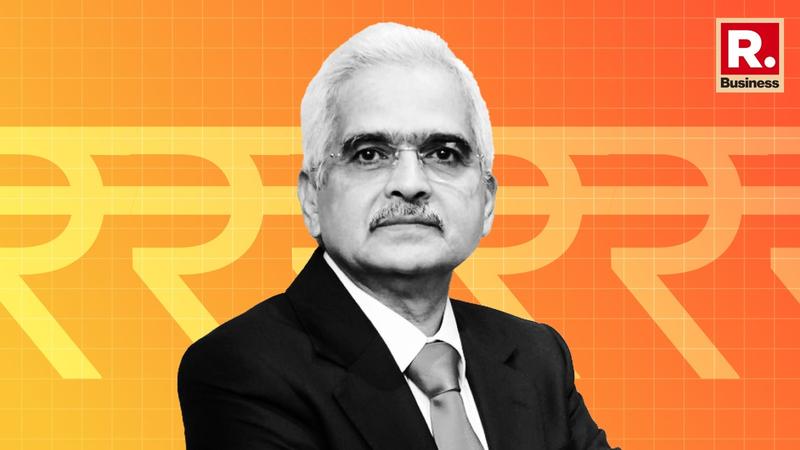Published 19:10 IST, December 9th 2024
RBI Governor Shaktikanta Das to Step Down After Six Years
Under Das’s leadership, the RBI saw stability during one of the most difficult periods in global and Indian economic history.

Shaktikanta Das will demit office as the 25th Governor of the Reserve Bank of India (RBI) on Tuesday, completing a transformative six-year tenure. He will be succeeded by Revenue Secretary Sanjay Malhotra, who will assume the role of the 26th RBI Governor. Das, appointed on December 12, 2018, following the abrupt resignation of Urjit Patel, leaves a significant legacy of navigating India through challenging economic times, including the disruptions caused by the COVID-19 pandemic.
A Legacy of Steady Leadership
Under Das’s leadership, the RBI saw stability during one of the most difficult periods in global and Indian economic history. He was twice ranked as the top central banker globally by Global Finance magazine, a testament to his adept handling of crises. In his final address as RBI Governor, he reflected on the tumultuous years, stating, “In the last few years, we have traversed one of the most difficult periods in the history of the Indian economy, and perhaps, in the global economy also. As a country, we can derive satisfaction that the Indian economy has not just navigated this period of trials successfully but also emerged stronger.”
Das’s tenure was marked by resilience, overseeing crucial policy shifts that helped India weather economic shocks and emerge on a path of recovery.
Navigating the Pandemic and Beyond
Das’s swift actions during the COVID-19 pandemic were pivotal. In response to the lockdowns that devastated the economy, he slashed the policy repo rate to a historic low of 4 per cent and maintained a low-interest-rate regime for almost two years. This move was aimed at stimulating economic activity during the crisis. As the economy began to recover, Das and the Monetary Policy Committee (MPC) acted decisively, raising interest rates starting in May 2022 to control inflation and prevent overheating.
His strategic monetary decisions played a key role in maintaining a growth rate of over 7 per cent in the latter part of his tenure.
Governance and Autonomy
Das’s tenure marked a period of smooth governance at the RBI, especially when compared to the friction between the central bank and the government during the terms of his predecessors. The issue of RBI autonomy, which had dominated headlines during the tenures of Raghuram Rajan and Urjit Patel, never arose during Das’s leadership. Known for his articulate communication and approachable style, Das fostered a strong relationship with government officials and kept the channels of dialogue open with Delhi.
In addition to steering the RBI during critical times, Das was instrumental in overseeing the highest-ever dividend of Rs 2.11 lakh crore handed over by the central bank earlier this year. Before joining the RBI, he played a prominent role in Prime Minister Narendra Modi’s 2016 demonetization drive while Urjit Patel, the then RBI Governor, took a backseat.
Das’s experience in governance spans 38 years. He has held key positions in the Ministry of Finance, including Secretary of the Department of Revenue and Economic Affairs. He was also a member of the 15th Finance Commission and served as the G20 Sherpa for India. A postgraduate from St. Stephen's College, Delhi University, Das has had a long and distinguished career, having contributed to preparing eight Union Budgets during his tenure in the Ministry of Finance.
As Shaktikanta Das prepares to step down, his leadership leaves an indelible mark on India’s financial landscape. His successor, Sanjay Malhotra, will inherit the task of navigating the nation’s monetary policy amid evolving economic challenges.
Updated 19:10 IST, December 9th 2024